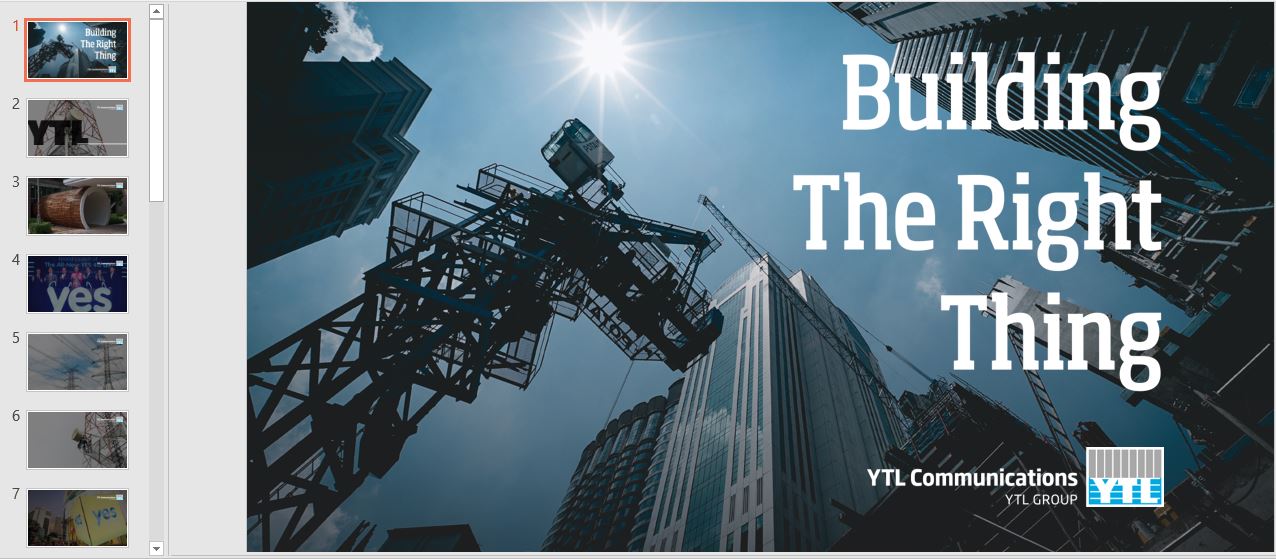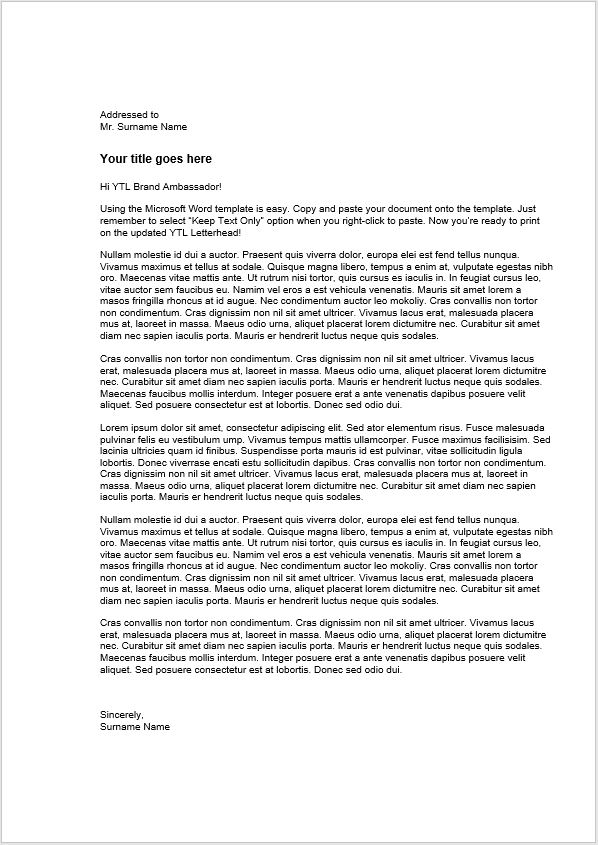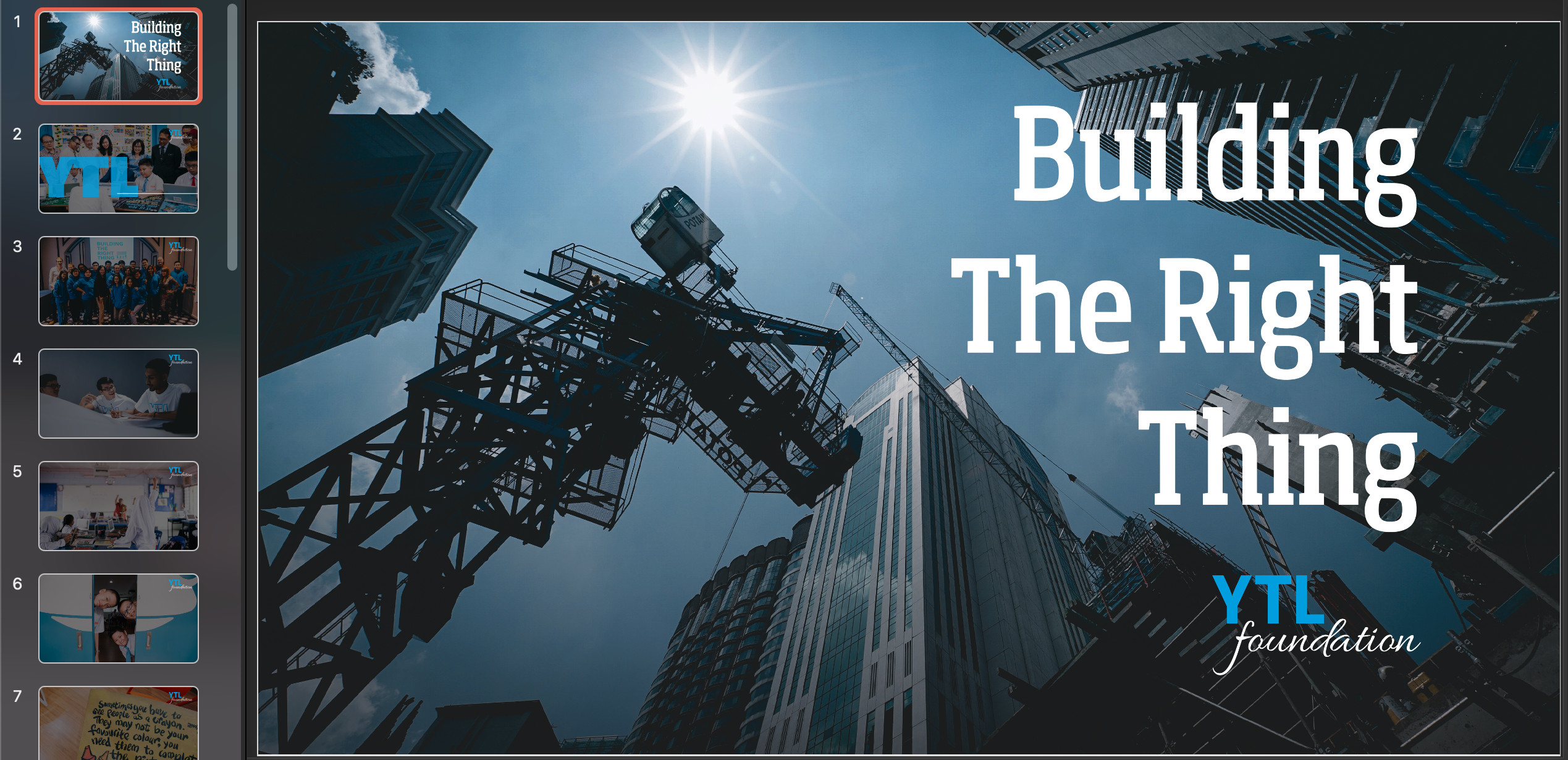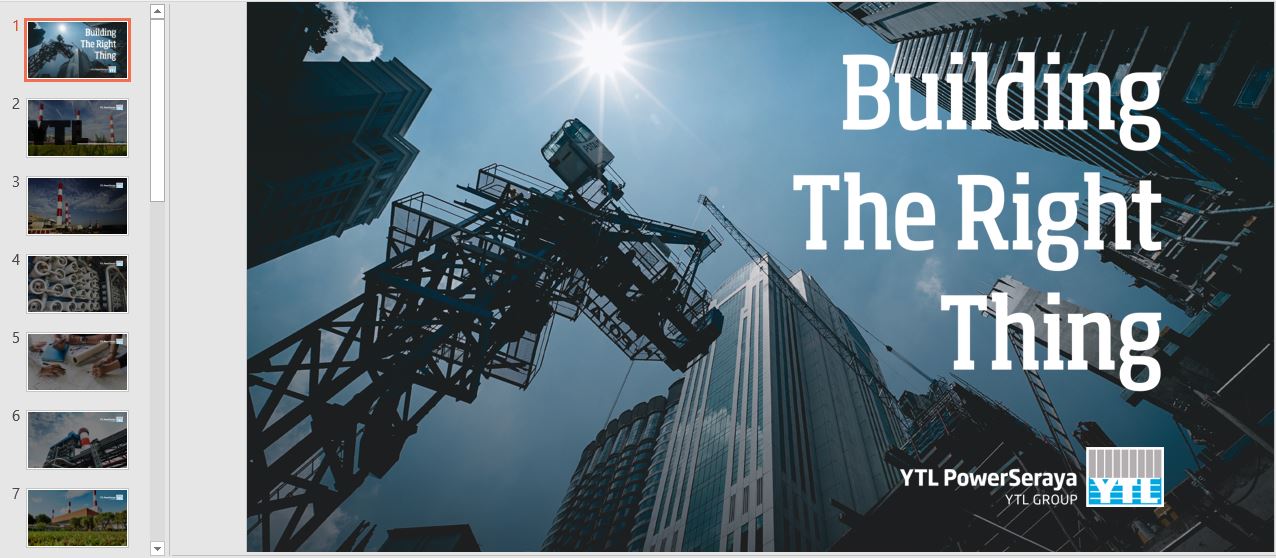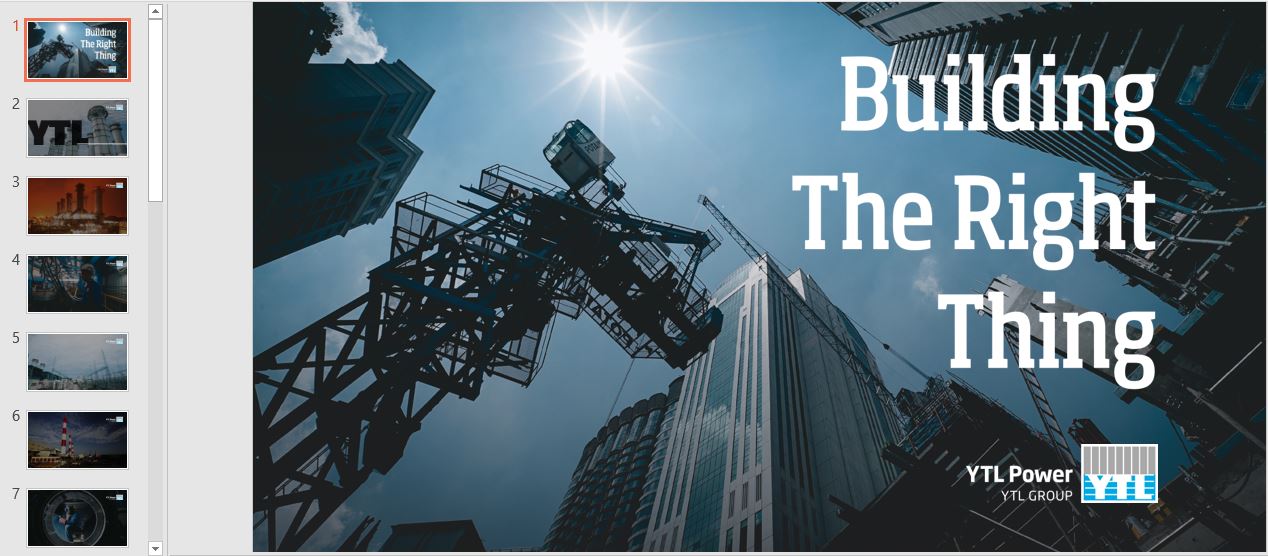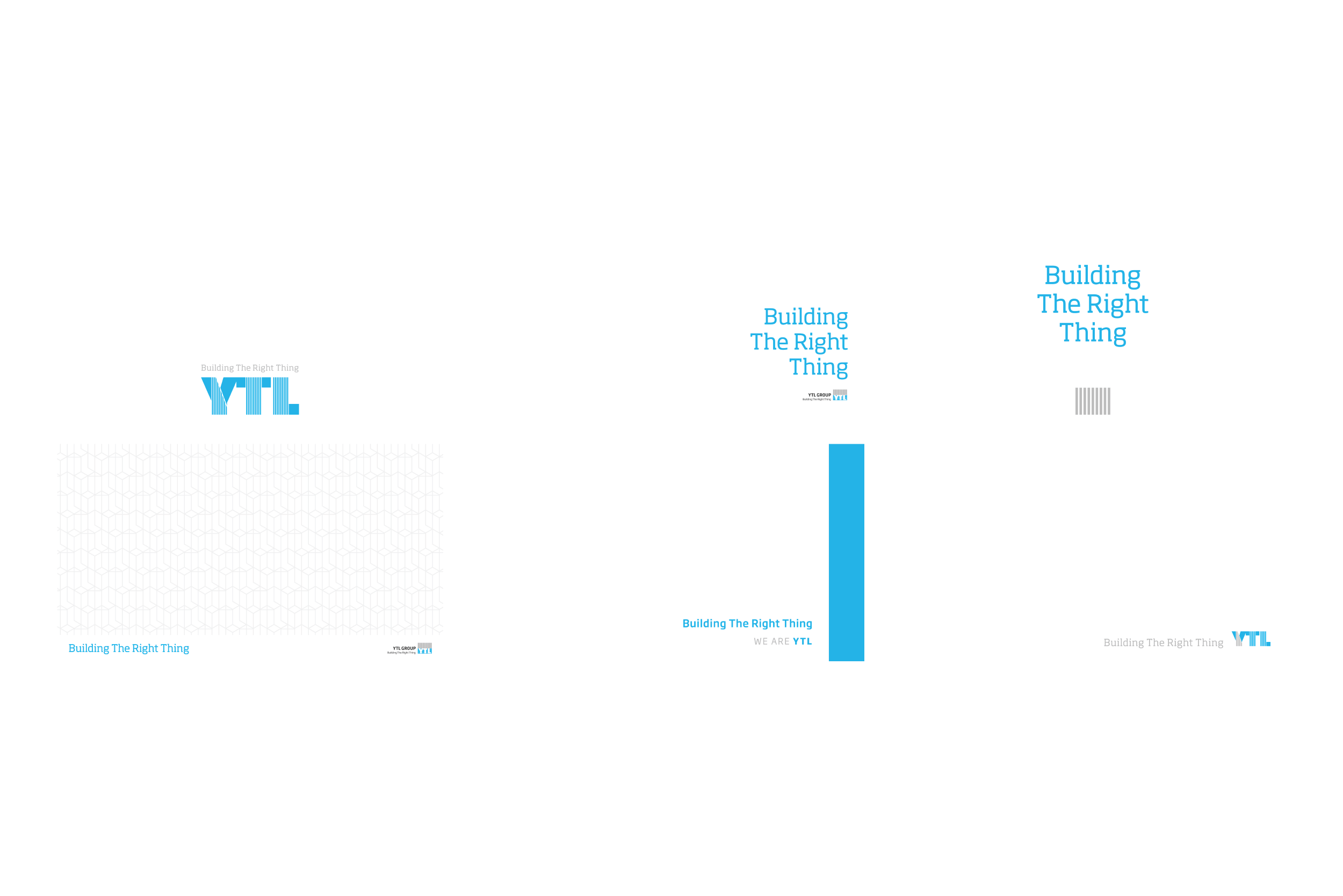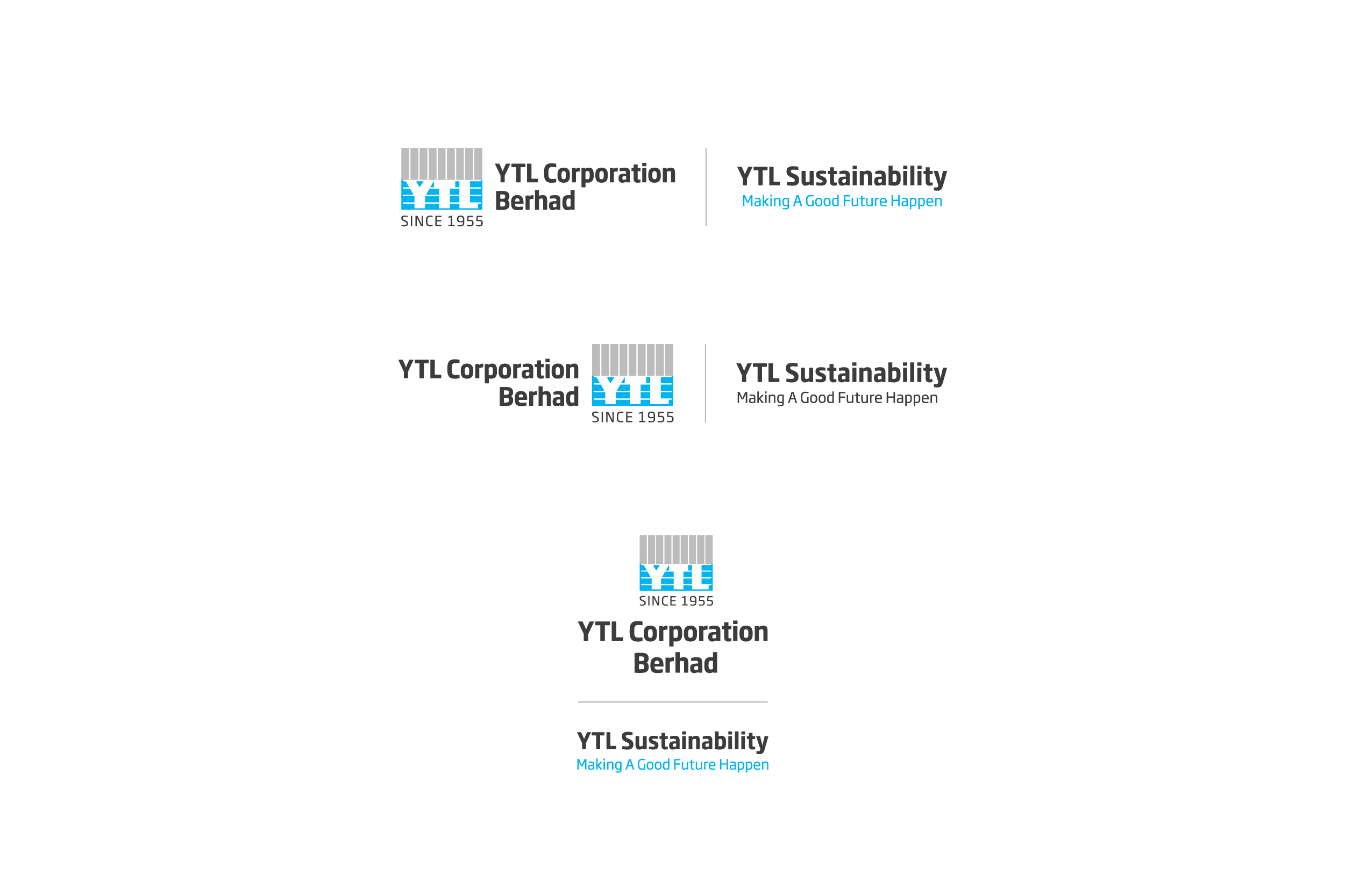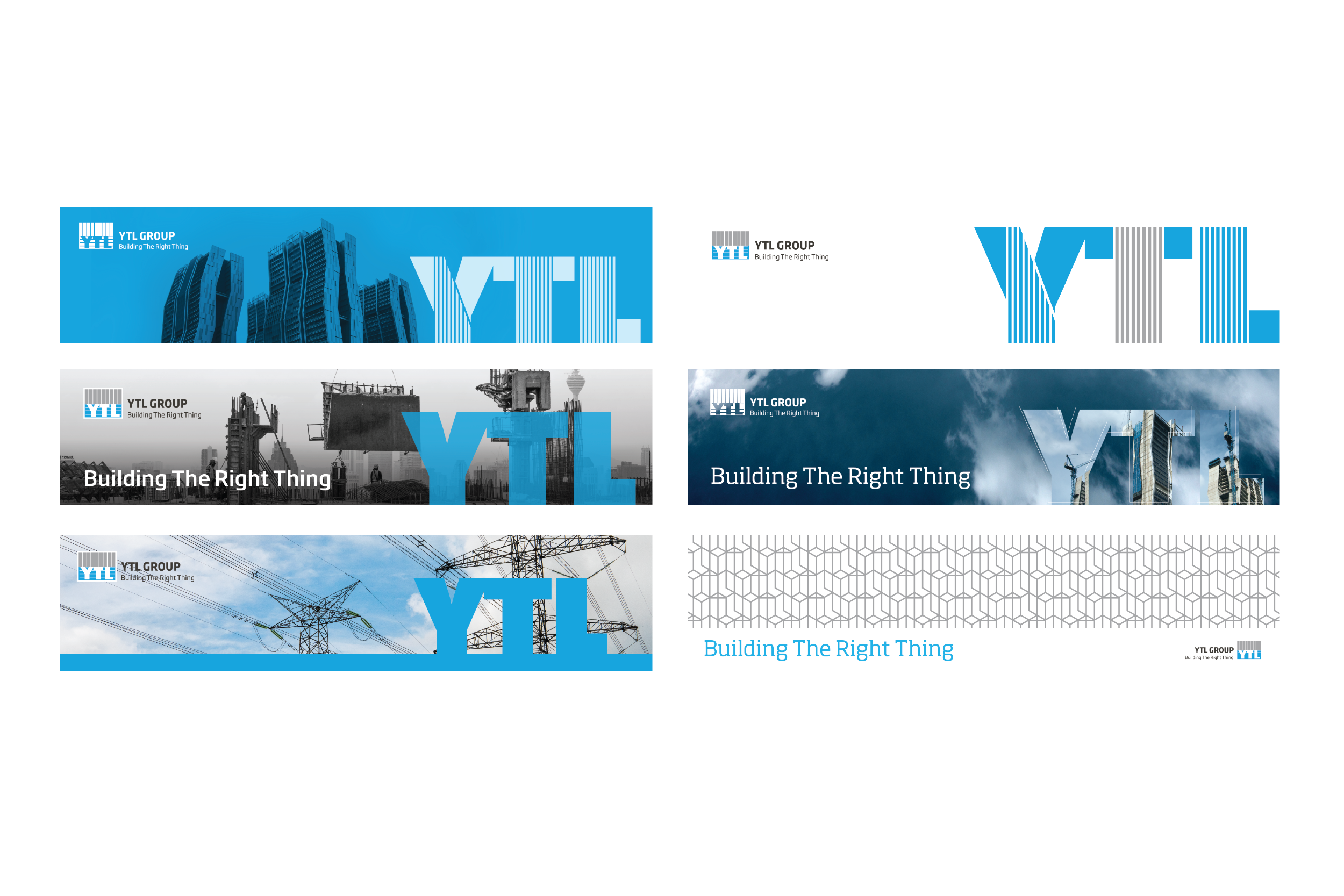by Anishametra Saravanan
At the age of 9, much to the delight of my English teacher, I participated in a storytelling competition. The days leading up to the big event were filled with recitations of “Goldilocks and the Three Bears” at every waking moment – from the breakfast table to the moment I nestled under my blanket at night. During one of the practice sessions, a piece of advice shared by my teacher has stuck with me to this very day.
“The next time you tell that story, try to pause before a big moment in the narrative.”
This simple note aimed at enhancing my storytelling ability became a significant “Ah-ha” moment for me, breathing new life into a story that had been told multiple times.
As I’ve grown older, I’ve observed and learned the profound impact that a well-placed pause can have in conversations and presentations with colleagues:
- Pausing is not as easy as it sounds. It is hard to practice silence at the right time and at the right moment.
- A well-chosen pause will help you to construct the conversation in a better and structured way.
- A pause relaxes your thoughts and body which will help your conversation to be more meaningful and fruitful.
And these observations made me a bit more curious to read and learn about the science behind this with the big question — why does it work?

Why the Pause Works
While the average person is said to speak at a rate of 150 words per minute, our thought process operates at least 4 times faster. This occasionally leads to individuals speaking hurriedly, using unnecessary words, and constructing needlessly lengthy sentences while expressing their thoughts. Such tendencies can cause confusion and the listener may lose track or misconstrue the intended message.
By taking a pause, it will…
- Give your audience time to process the message, and time to understand and digest the meaning of the message.
- Help you manage the fear of public speaking. The pause will align your thoughts and preparation in the right manner. A break to take a breath in public speaking is good and healthy.
- Help you understand the opposite person’s reaction – and message that they are trying to convey in the conversation.
- Help you avoid the filler words (um, uh, er, ah, like, okay, right, and you know), which will make you sound more confident, clear, and in control of the situation.
A quick tip public speakers use is to divide pauses into 3 sizes: short (0.15 seconds,) medium (0.50 seconds,), and long (1.50 seconds.) Try using short and medium when a text is being read. Try using medium and long for spontaneous speech.

Where Should You Use the Pause?
As a start, the easiest and the safest way is to use punctuation marks like commas and periods as reference points for when to use the pause. Punctuation marks can also guide you to construct your sentences in a structured format in writing; pauses will bring the same level of value when you are speaking. Pauses can also be used after you emphasise an important point to let it sink in.
A properly timed pause is one of the biggest secrets of acclaimed public speakers and how they influence and impact their audience. The simplest way to adopt this new habit is to practice, then practice again and again until this becomes your muscle memory.
Source:
The Enterprisers Project






